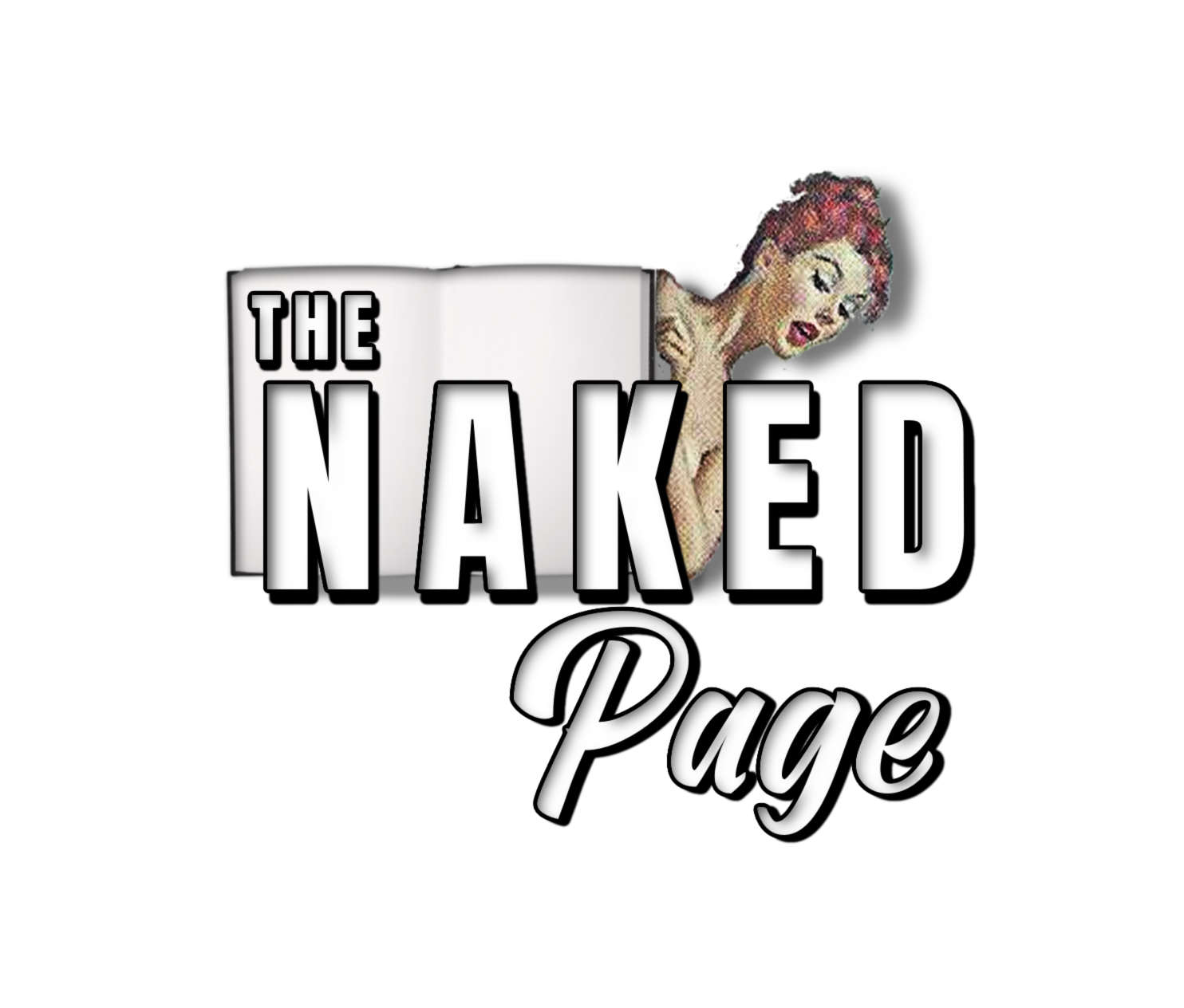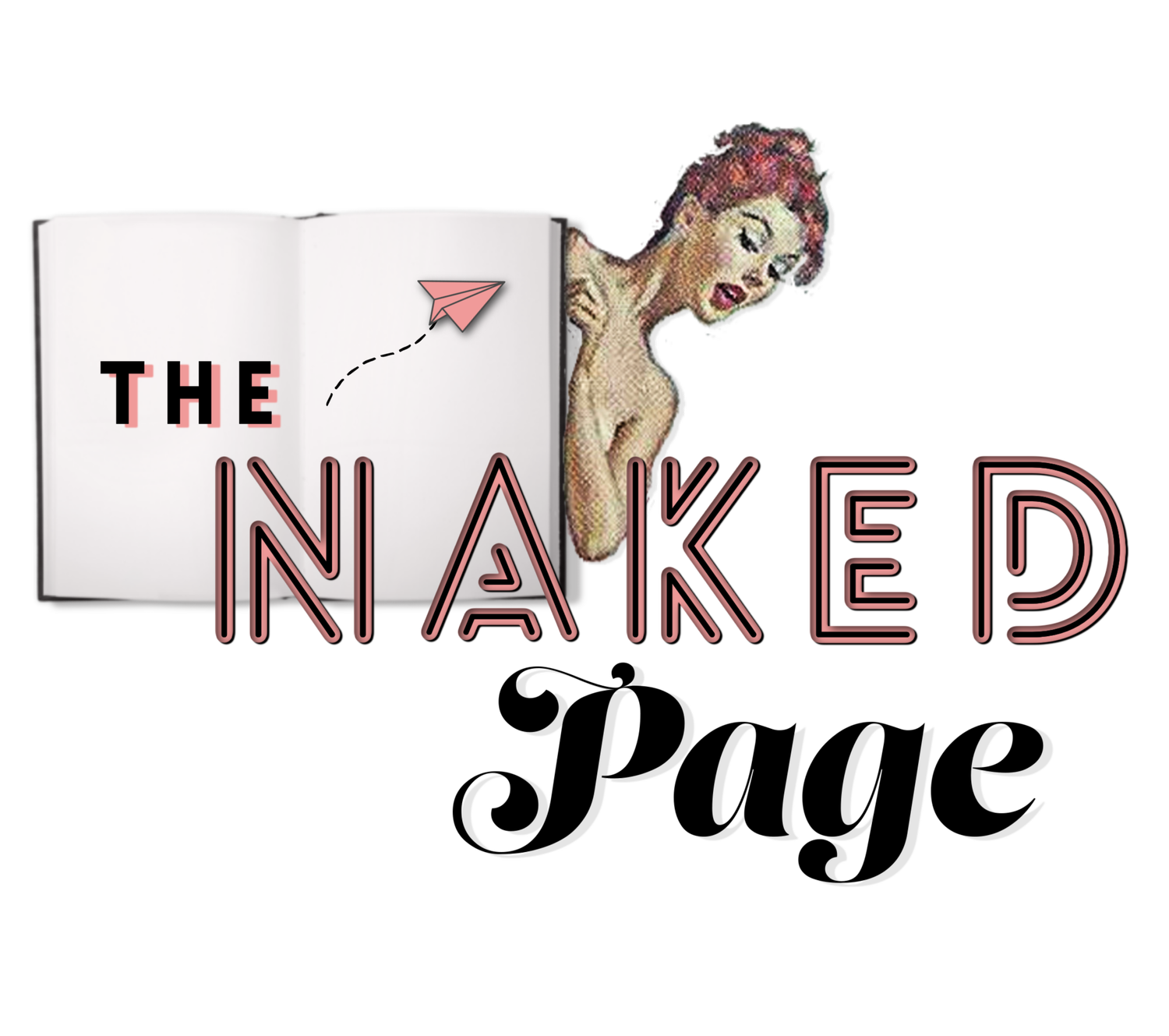What is Writing, Anyhoo?
Oral storytelling, theatre, handwritten manuscripts, school lectures, business presentations, stand-up comedy, news reports, archives of microfilm and microfiche, videos, podcasts, physical books, ebooks, blog posts, TV shows, movies, Zoom presentations, social media posts, love letters.
What do all these things have in common?
You guessed it—words.
Whether spoken or written, we rely on words to get ideas across.
So, what is writing?
*Don’t you dare look at me like that!*
Okay, I’ll rephrase the question: what is the actual writing process? The structuring? The shaping? The navigating from point A to B that puts words together in an orderly fashion?
It sounds crazy to have to define writing, but many new authors are at a total loss when it comes to understanding the process.
Ask a writer to:
Identify how they start
Describe how they roll out a story and in what particular order
Define where their process ends
Give a clear purpose for putting together a writing plan
You’re gonna end up with some wildly differing results. Many can’t answer these questions at all.
Worst of all, novice writers have almost no models to guide them through their craft.
You can pull up piles of sketches from Da Vinci’s notebooks. When it comes to visual artists, the process is aplenty. But from great writers, all we get are finished products.
Flawless masterpieces.
There’s that one stray page floating around on the internet of Nabokov’s writing red-marked by his editor, but that’s about it. If you need an example of some famous works-in-progress, you’ll find nothing. Nada.
As Prince sang, “in this world, you’re on your own, authors.” Yes, yes, I added that last word. But you know it’s true.
We writers may not have much of a model to emulate, but that doesn’t relieve us of our duty to figure out a path through the writing maze. If you want to tell a story, you can’t let yourself get lost in a jungle of words. That is unless you’ve signed up for the 10+ year plan to finish your manuscript.
What direction can you take to get closer to mapping out some kind of workable writing plan?
It helps to start by identifying why people write.
Some people keep their writing private as a form of therapy. Some people want to speak to an audience by getting a story published. Some writers are business bloggers; others want to craft how-to manuals.
These distinctions matter.
If you're developing a work of fiction, you don’t want to fall down the rabbit hole of copywriting. That won’t help you finish a rough draft. But so much guidance online is labeled simply as “writing,” it’s hard to differentiate the kind of advice you need.
Let’s set up some boundaries, shall we?
We’re not going to get through the entire writing process in one article, but we can create a foundation. And it’s this infrastructure that is so crucial to helping your story come together.
For the sake of our sanity, let’s define the writing process as the blueprint required to produce a publishable, well-structured story. A story that will be read by others.
We’re talking personal blog posts, creative non-fiction essays, an article for a magazine, a short story, a full-length memoir, a novella, a novel, etc. A story that has a beginning, middle, and ending.
We’re focused on a fully actualized story that can land on the pages of a magazine or be printed as a full book.
Got it? Good.
So, what is the process required to reach that goal? Start to finish.
Inspiration/Motivation—Initial Idea—Writing—Revising—Editing—Proofreading—Finding Representation—Publishing—Marketing
That’s the generic outline.
Scary stuff, huh?
Don’t scrap your manuscript in a panic just yet. You may be further along than you think. And that’s the area we need to define next. What’s the timeline you’re aiming for to complete your writing process?
I recently read Electric Literature’s post How Long Did Famous Novels Take to Write. Right away, I noticed the lack of criteria and thought, “not all these books are built from the same foundation.”
Someone in the comments section shouted out that John Boyce’s The Boy in the Striped Pajamas only took 2.5 days to write because it was only his first rough draft. Seriously?
The. First. Draft.
That’s miles away from a completed, thoroughly edited manuscript. And it’s 16 years away from Tolkien’s full-on trilogy. Not just one novel, but a freakin’ trilogy, people. Come on! How can you even compare the two? I mean, four.
No wonder writers are a depressed lot. Without even a hint as to what writing process you must employ, you’re being led to believe it could take you as little as 2.5 days (impossible) to nearly two decades (unnecessary) to complete a manuscript.
Pulllleaaze. I call bologna. Total crap sandwich.
But things got even worse when I clicked on the printerinks.com site where this infographic originated. Here, the discussion sat squarely on the shoulders of word count obsession:
“At over 58,000 words in length, ‘The Strange Case of Dr. Jekyll and Mr. Hyde’ was written in only 6 days, meaning Robert Louis Stevenson wrote a remarkable average of 4482 words per day to finish his story within this time. Impressive when compared with JD Salinger’s average for ‘The Catcher in the Rye’ at a mere 20 words per day over 10 years.
Something’s amiss here. Could it be the rotten bologna that fell out of your crap sandwich?
Newsflash—it doesn’t work like that. At all!
Any writer who’s ever gone through the editing process knows that delivering on a regular word count has no bearing on what things will need to get changed or shifted around during the editing process.
You could write a 100,000-word rough draft that gets cut down to 57,000 words before the process is done. Some authors start with a slim volume that gets plumped up to twice its size during revisions.
My friend Anne over at Victory Editing is a line editor for fiction writers, whereas I’m a developmental editor. So, you’d come to someone like me at The Naked Page first to help you in the developmental phase of your story—moving from an initial idea to a fully constructed concept. But you’d see someone like Anne afterward to make sure that once the structure is in place your sentences flow, your voice is clear, and there are no problems with continuity. (There’s a lot of crossover in our editing, but this is the simplistic view.) Plus, after your time with both of us, you’ll still need to consult with a proofreader.
Does implementing a word count goal take into account this whole process? Hellz no! So, what’s going to get you across the page?
Well, a damn good writing process and a lot of luck.
I will grant you the luck, so that’s out of the way. Now all that leaves us with is the writing process. No biggie, right?
The best thing we can do is to cut out some bullshit over the magic of writing word counts. And make some conjectures.
Using my handy dandy assumption measuring stick, I’m gonna project that you’ll probably never write a full-length novel in 2.5 days. (Seriously, can Boyce just round up to 3 days? Must we imagine his smug look of satisfaction after polishing off a giant Irish breakfast, finishing his manuscript at noon, and then settling in for an afternoon nap?)
I’m also going to go out on a limb here and decide that you probably don’t want a work-in-progress that extends for one or two decades.
Let’s aim for a sweet spot of working on your memoir or novel. I’d say around 1-2 years, from start to finish. Sound feasible?
Stephen King’s great quote says, "the first draft of a book—even a long one—should take no more than three months, the length of a season." But even that advice can be misleading to a new writer, so let’s clarify.
He says, “first draft.” He doesn’t account for any editing at all. By the time you add in the full process, you are looking at—you got it—one to two years.
So, that means either 1) you know how to use self-editing to thrash and slash your own novel into shape like a good gore feast, or 2) you’re going to get stuck in some timeless trial-and-error writing game.
For the love of self-editing, don’t choose Door #2! We are so meta here, I’m getting dizzy and praying there’s no donkey under that box when I turn down Wayne Brady’s wad of cash.
House lights up, please.
You aren’t in any game show, except maybe This is Your Life. Before you dress up like a chicken and start squawking out numbers in public places like those writers obsessed with word counts, just take a step back and ask yourself again:
What is writing?
Consider this question the bedrock of your blueprint. The goal of good storytelling.
Before you write your first word, let’s acknowledge the three key factors of the writing process:
1. Finding your voice:
By writing in your own words you begin to develop your own voice. You learn how to present information from your perspective, not the perspective of your boyfriend or your doctor, or your parents. But you. You make decisions about what you write, how you write it, and how it sounds.
2. Making meaning:
You can live in a sea of confusion—word salad—or you can choose to make sense of the world that surrounds you. Life can feel overwhelming and meaningless but shaping its moments into a story gives you the power to create meaning. That’s an incredible opportunity for positive change.
3. Communicating with an Audience:
Once you’ve taken the meaningless and shaped it into something meaningful with your voice, you’ve gotta put it out into the world. This means you’re having a conversation. You open your story up to readers, all of whom have their own meaningful experiences, so now your stories become a form of conversation that communicates what is possible to the rest of the world.
These are three basic concepts, but they’re essential to understand before you tackle your storytelling. Consider these key ingredients the recipe for good writing.
We’ll go into more depth with the writing process soon, but for now, really consider these questions:
How can you find your writer’s voice?
How do you use writing to make meaning?
How do you most want to communicate to your audience?


